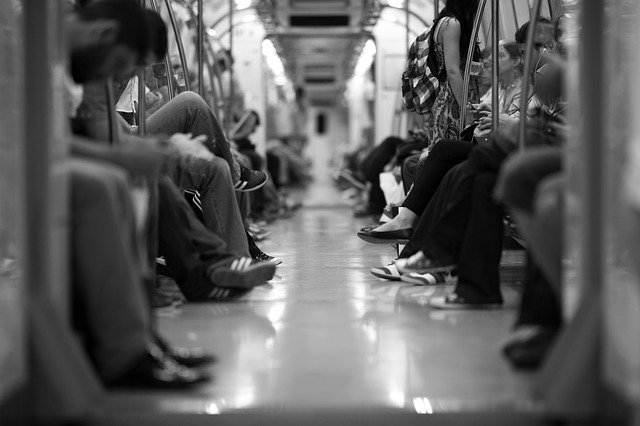
Advancements and Benefits for Onboard Security Cameras for Public Transportation
Onboard security cameras for public transportation are becoming commonplace. These surveillance tools not only increase passenger safety when boarding the vehicle, but inside the vessel as well.
However, onboard cameras come with their own unique challenges. Fortunately, digitalization of security cameras has allowed these devices to stay connected and overcome many of the issues they originally posed for public transportation.
The following are a few of the advancements in onboard cameras as well as the potential benefits for the transportation industry as well as its passengers.
Enhanced Image Processing
Moving environments such as those within vehicles pose particular challenges with light. There may be bright sunlight one second, a dark tunnel the next. Cameras take time to adjust to any change in light.
Onboard cameras can’t afford to take their time adjusting, particularly when an incident could happen while the camera isn’t able to process the image due to lighting changes, thus resulting in wasted footage.
Fortunately, advances in image processing allow faster adaptation to lighting conditions. Wide Dynamic Range (WDR) imaging allows for balancing light conditions so a clear image is always available even with poor lighting. Overcoming the challenge of rapid light changes can help decrease criminal activity during night hours and increase passenger safety.
Increased Storage Capabilities
Storage has previously been an issue for onboard cameras. With limited storage space, previous footage would have to be erased in order for new footage to be recorded. With so much disposed footage, effectiveness of onboard cameras decreased.
Technology now enables onboard cameras to compress images to increase their storage capacity. No longer does public transportation have to sacrifice image quality or constantly dispose of old footage just to ensure new material is being captured.
Analytics to Help Improve Services
Onboard cameras have advanced to provide analytics that can change public transportation for the better. With data regarding passenger volumes and how people use public transportation, authorities are now empowered to make valuable changes in operations.
For instance, knowing the number of passengers at certain times or how people board buses, trains, and subways can enable public transportation to provide adequate staffing and even change the way it serves its customers to improve operations and enhance safety.
Technology to Identify Safety Concerns
Onboard cameras have the ability to identify luggage that’s been left that transportation authorities typically consider to be a security threat. Advances in onboard cameras are able to identify stranded luggage and even suspicious passengers.
Having this information enables the appropriate personnel to not only detect threats faster but to respond to them promptly, potentially saving lives. Having this advantage can help decrease threats to public safety and effectively handle incidents.
Ability to Improve Driver Behavior
Analytics of onboard cameras combined with accelerometers to measure acceleration can help identify patterns in driver behavior to determine areas that need to be improved or potentially attribute accidents to driver behavior.
These analytics also provide the ability to isolate footage and data to specific days, such as when an accident may have occurred. This type of information can help improve driver behavior while also keeping insurance claims valid.
Using Onboard Cameras for Safety
Onboard cameras have risen to the challenge of helping to keep the public safe. With technology that accommodates ever-changing light conditions, increasing storage capability, and incorporating analytics and technology to be able to identify threats and even improve the behavior of public transportation employees, onboard cameras are an investment worth making!

 Virginia DCJS Private Security Services ID #11-6085
Virginia DCJS Private Security Services ID #11-6085